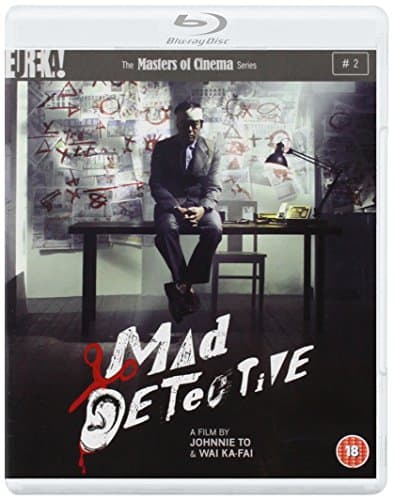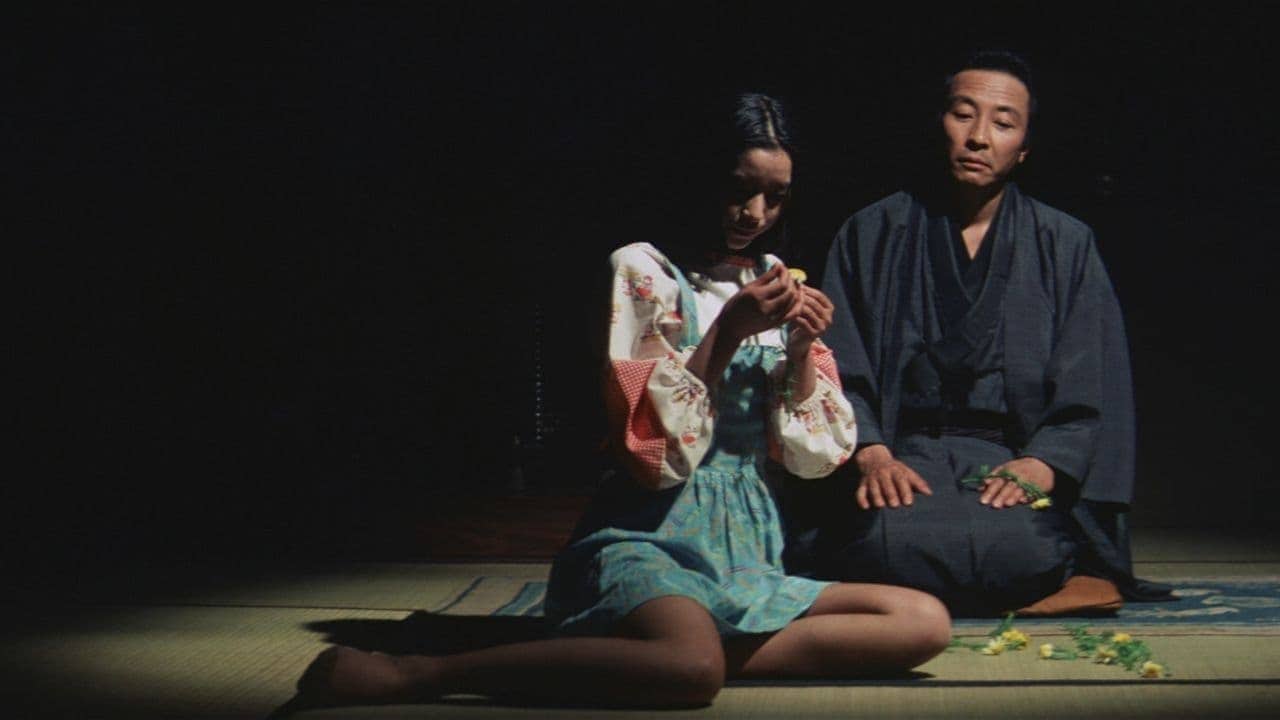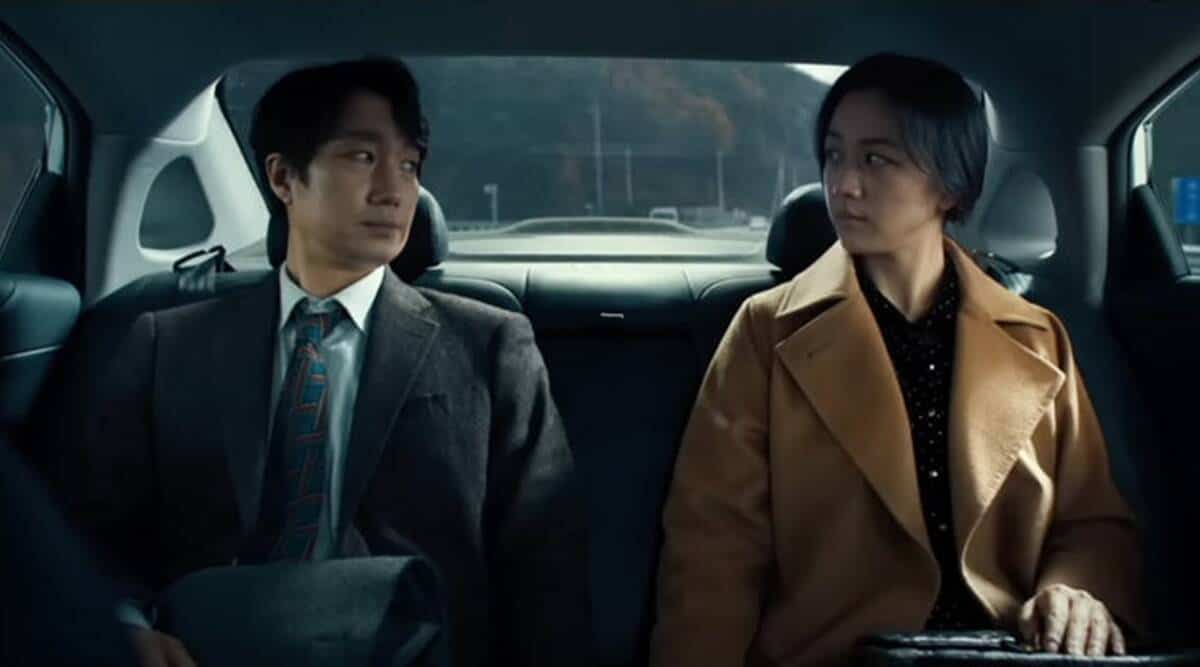21. Fat Choi Spirit (2002)
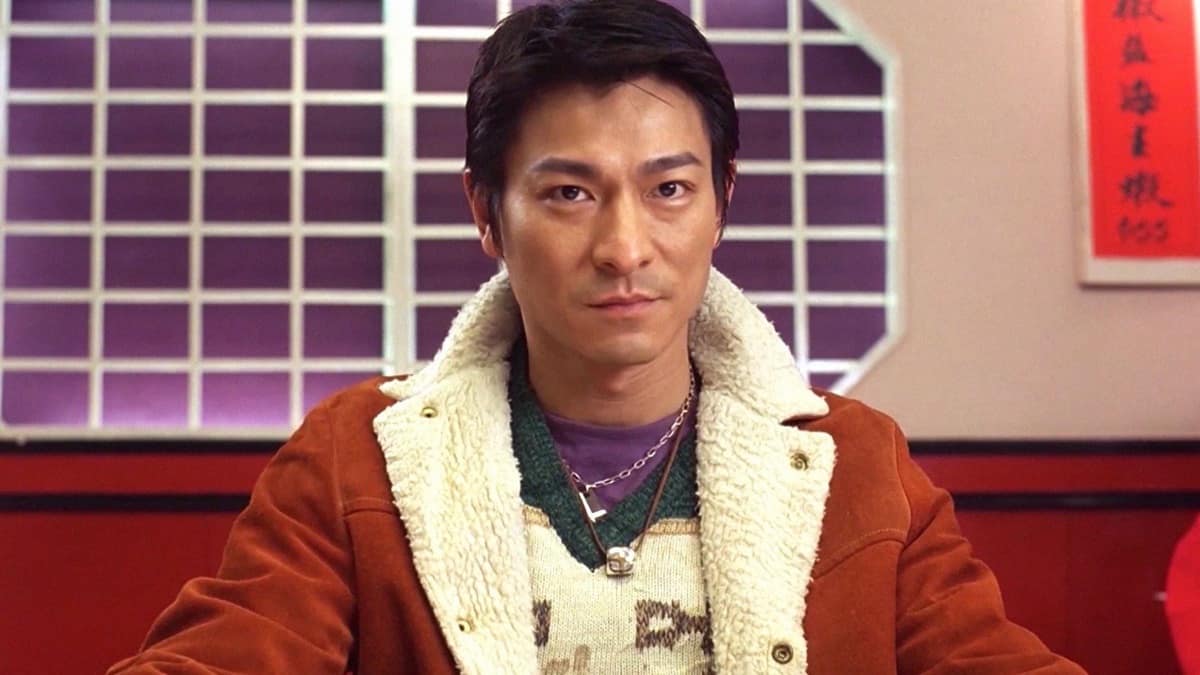
Less is more? No, Johnnie To and Wai Ka-fai say. More, is more. The directing duo's world of mahjong warriors is a playground of absurd happenings, where every sequence is stretched to physical maximum. Our introduction to Andy sees him speeding across Hong Kong for a game of mahjong. In two minutes of screen time, he drives maniacally, refills gas for his truck, plays (and wins) a quick round while passing a table to the toilet, takes a leak, orders a quick sandwich, pays for his gas, then drives again while devouring his breakfast. These sequences are first of plenty that leave the audience agog. And the chaos never runs out or backs down. (Renee Ng)
Buy This Title
on Amazon by clicking on the image below
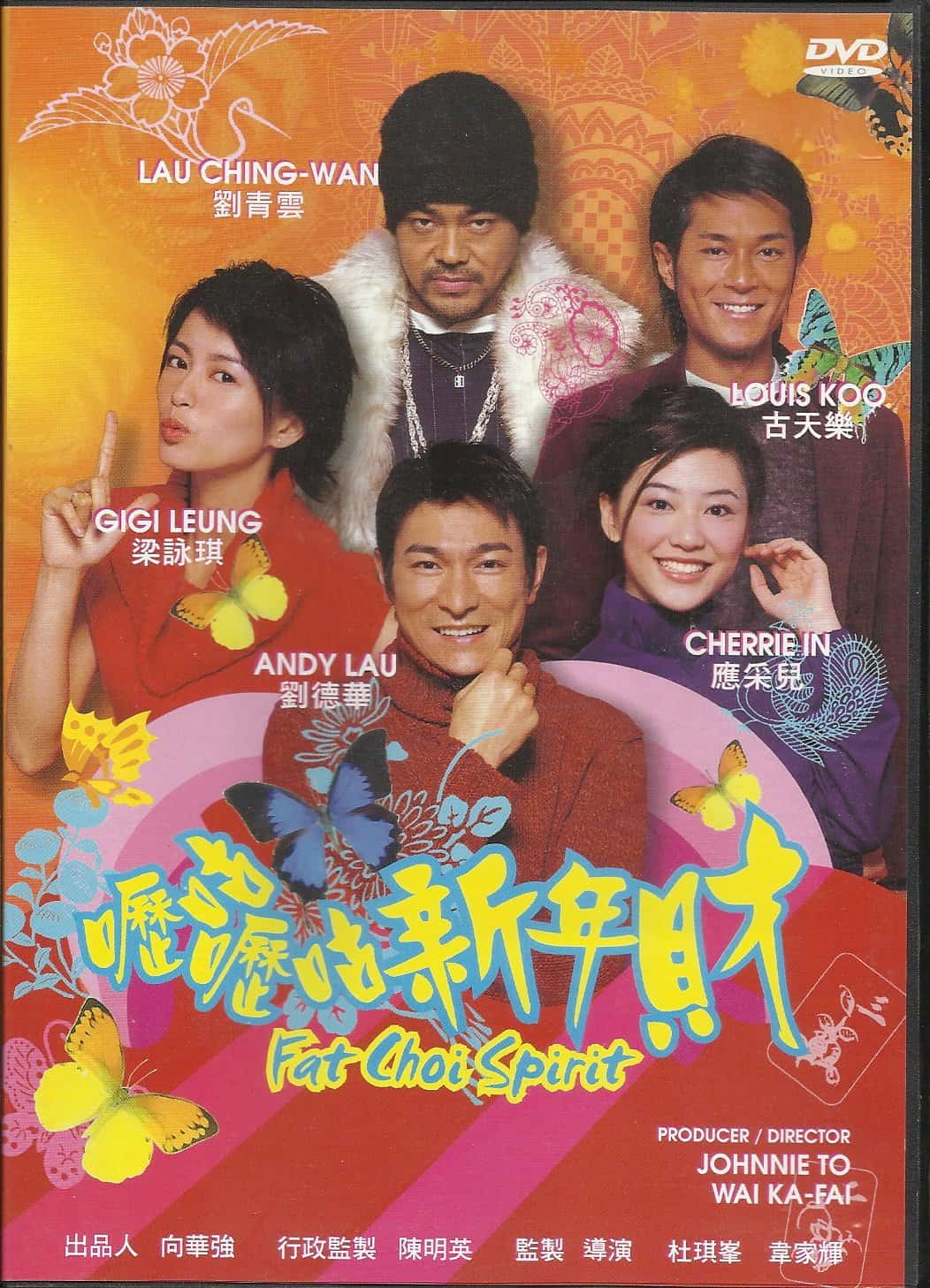
22. Running Out of Time 2 (2001)
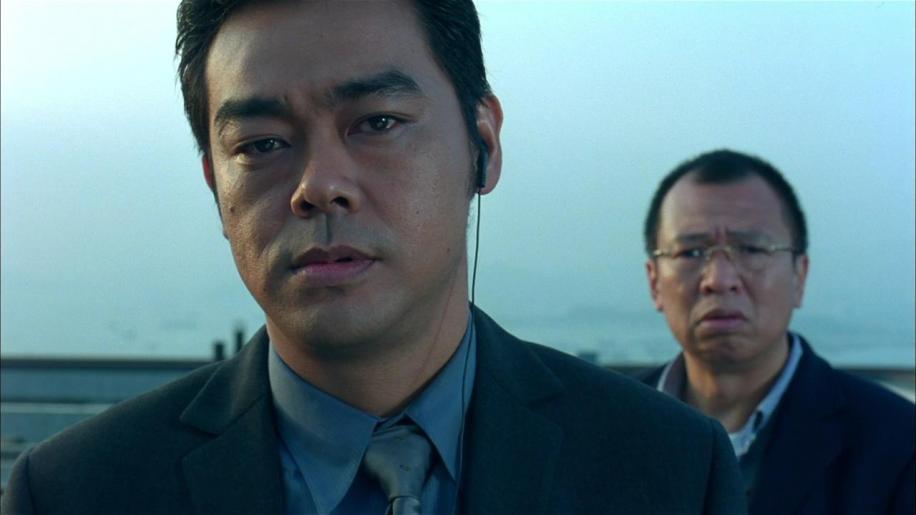
Whereas the first film dealt with the concept of time, its sequel is more about the relationship of fate, luck and chance, whether we are indeed the architects of our own fortune. Besides the frequent chases and dialogues between the two male leads, the most significant exchange deals with the unfortunate police officer Ken (Lam Suet) who has an unhealthy habit of gambling even if the odds are against him. In several sequences reminiscent of the infamous coin toss scenes in Tom Stoppard's “Rosencrantz and Guildenstern Are Dead”, the improbability of the thief's coin always showing tails and Ken always guessing it will be heads defies notions of expectation and order. While we certainly understand Ken's growing frustration with the game and himself, we also marvel at the obvious absurdist nature of the game itself. (Rouven Linnarz)
Watch This Title

23. My Left Eye Sees Ghosts (2002)
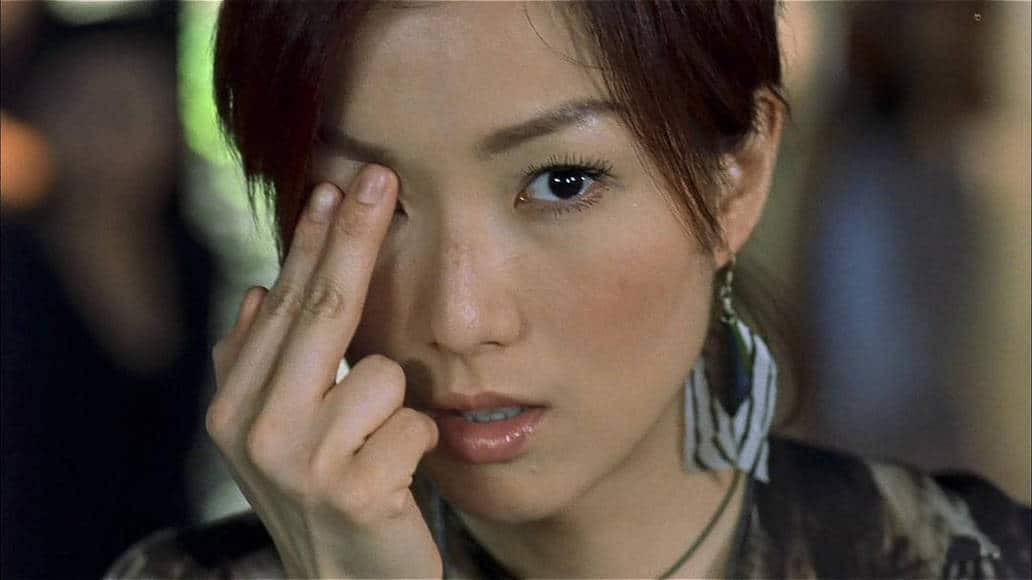
The casting of rom-com queen Sammi Cheng and the obvious title both suggest very specific genres, however “My Left Eye Sees Ghosts” floats above them. It isn't a proper ghost/horror film, or a full-on romantic comedy and it isn't either just a wacky comedy, but it mixes elements of all the above. The script (from To's regulars Au Kin Yee, Yau Nai-Hoi and co-director Wai Ka-Fai) feels quite erratic; after setting the premises, it wonders in the central part of the movie, following what looks like a bunch of distinct sketchy episodes; Biggie the fat ghost and her frustrations and possessions, the exorcist priest called by May's father, the ghost of the mechanic's dead girlfriend, the cute puppies that Ken keeps collecting. Most of the sketches provide a silly comic relief but, in the end, almost all the threads come together cleverly to round up the plot and turn the whole film into something much less shallow than anticipated. (Adriana Rosati)
Buy This Title

24. Running on Karma (2003)

Andy Lau is wonderful as always, and personally, I like him overall and in details. And by details, I mean two aspects in particular: The first one is the way he wipes his face with tissue in a lovely, energetic movement, using only one hand, in a move that someone really has to see in order to understand how fun it is. The second takes place in the last scene of the film when he wears his habit again, takes a cigarette from the pocket of a policeman and leaves with a cigarette in his teeth, in a funny, light played and with some nonchalance sequence, where, in just two minutes, he manages to highlight his acting skills and versatility. (Monika S-r)
Buy This Title
by clicking on the image below

25. Throw Down (2004)
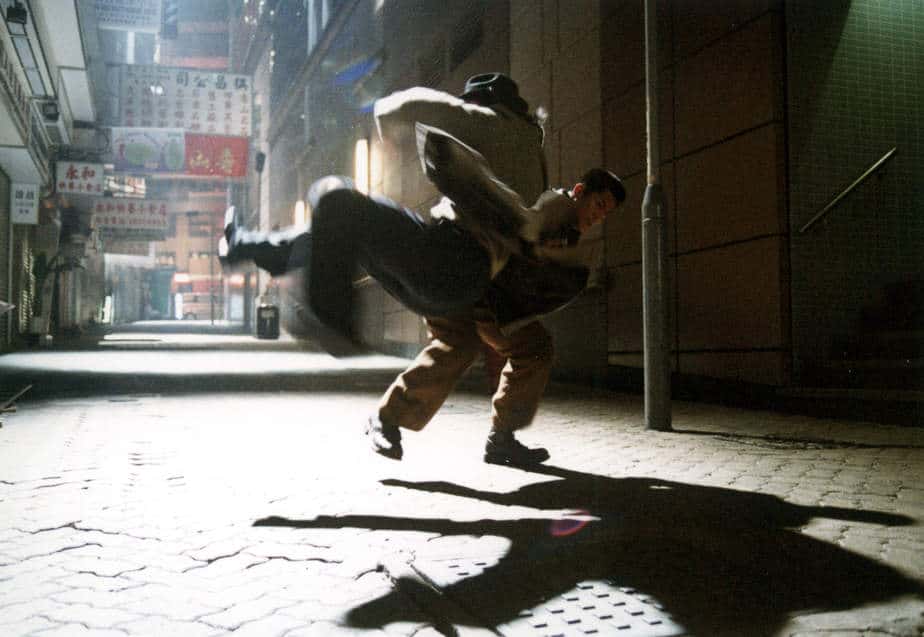
Let me start with the two most obvious aspects of the movie. Despite some “winks” to “Sanshiro Sugata” (Master Cheng's demented son always introduces himself by saying, ” I will be Sanshiro Sugata, you will be Higaki”, maybe the intro and the final fight scene) the film has very little to do with Kurosawa's debut. Secondly, the this is a really weird movie, even for a HK action one, with the illogicality usually associated with the category reaching new levels, as the script in essence forbids any “Why?” questions. These aspects however, do not mean that “Throwdown” is a bad film, but exactly the opposite, since To has managed to combine a number of additional, quite diverse elements (fighting, ironic humor, noir aesthetics) in an impressive fashion, resulting in a truly entertaining, and in essence, great movie. Even its fractured style, since the narrative is mostly the sum of episodes rather than a compact movie, seems to work in its favor, highlighting in that fashion, To's great directorial abilities. (Panos Kotzathanasis)
26. Breaking News (2004)
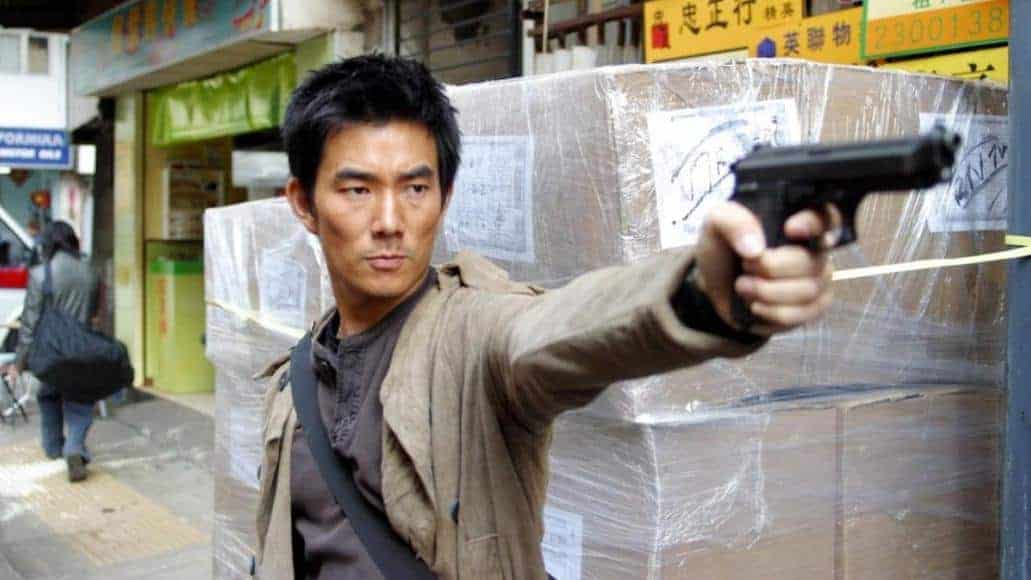
Police forces have always been getting their share of “beating” in HK movies, in one of the distinct trademarks of the scene, but this time, the concept goes completely overboard, as To has the police becoming the ridicule of public opinion, on live TV. In an era that the police force had not yet grasped and implemented the concept of media relations, at least not to the level that is today, the idea of having an officer turning an operation into a reality show emerges as truly brilliant, with Chan Hing-kai, Yip Tin-shing and the Milkyway Creative Team doing a great job in the writing department. The clash between two very beautiful, very smart young people on opposite sides of the law takes care of the rest of the narrative, with the fact that their fight is on a media level, and not directly, adding to the originality of the film. Richie Jen as Yuen and Kelly Chen as Rebecca Fong are equally great in their shared cockiness and angst. (Panos Kotzathanasis)
Watch This Title
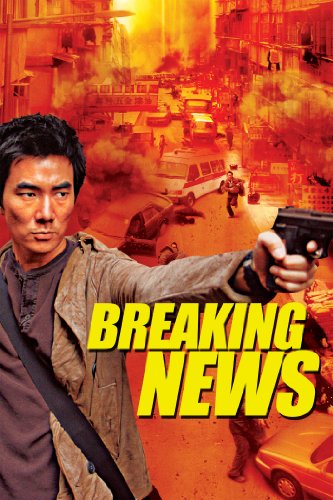
27. Exiled (2006)
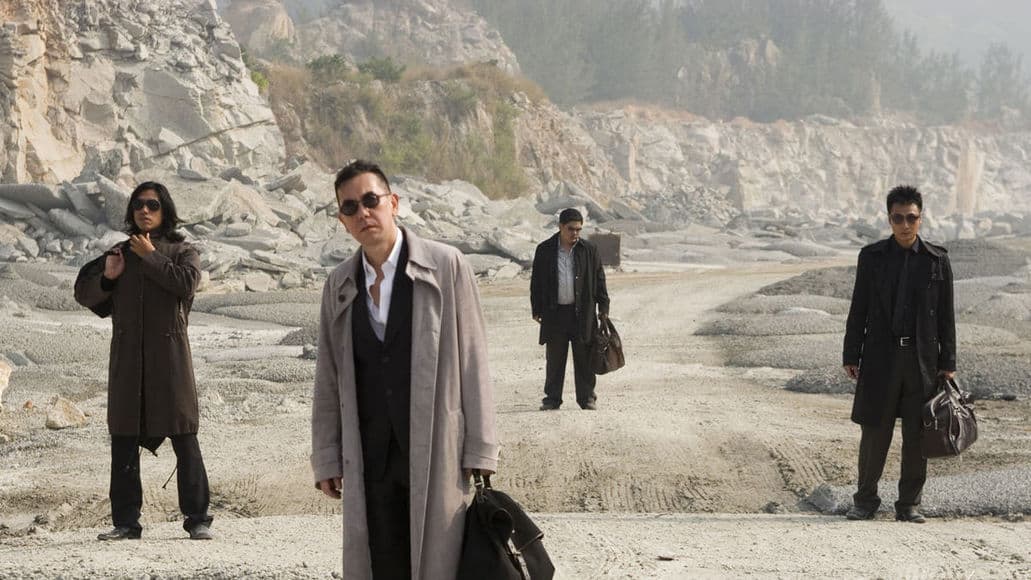
In general, the Hong Kong action movie as defined by the works of John Woo regards the killer as well as his opposite as lonely hunters fulfilled almost exclusively by their mission and their own code of honor. Within the gangster movies of Johnnie To, we can see how the director has adapted this design of the (anti-)hero from his countryman, but presents his characters most of the time as part of a group. In the case of “Exiled” the killers are, at first glance a homogeneous group solely defined by their mission, the gangster pose so to speak, an impression To continuously contradicts with scenes of slapstick humor and almost unexpected camaraderie. While they may be shoot at each other in one scene, they may have a meal together just minutes after or help furnishing and arranging the apartment of the very person they have come to kill. (Rouven Linnarz)
Buy This Title
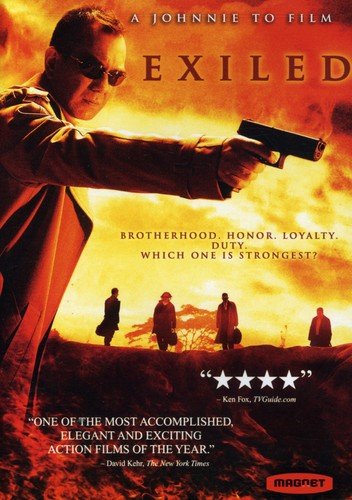
28. Election 2 (2006)
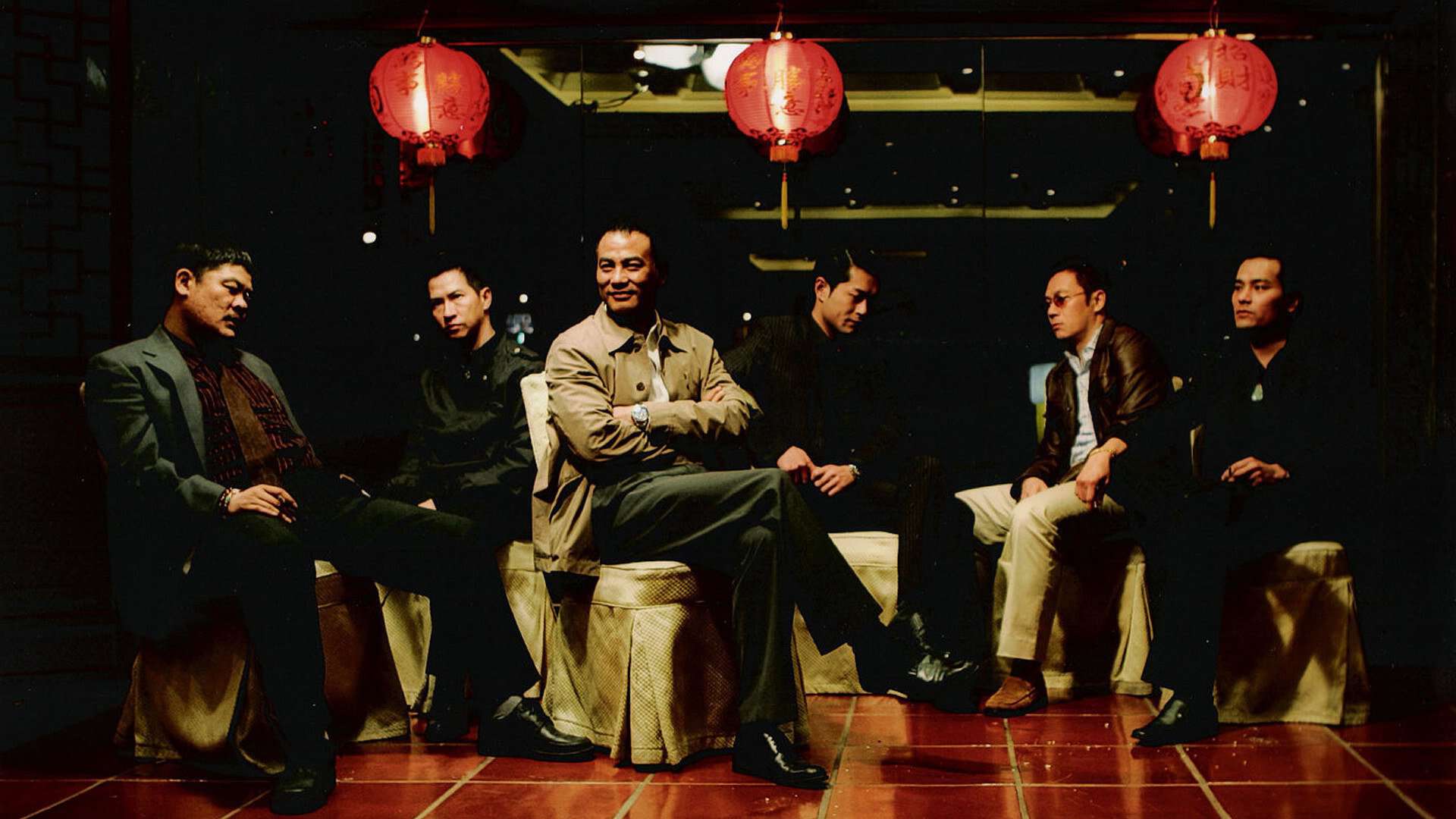
In a film titled “Election” audiences would expect politics and betrayal. We get just enough of that and it's good that Johnnie To did not try to overdo this. The characters are not double agents and the switching loyalties of characters isn't over dramatized to the point of making the film feel unbelievable. It is a crisp 93 minute watch that is grounded and engaging.
Buy This Title

29. Triangle (2007)

Even though there are no chapter titles indicating the change from one segment to the other, the tagline of “Triangle” stating “Temptation. Jealousy. Betrayal” may indicate the title of each part of the film. Whereas there is certainly a connection between all of them in terms of characters and also style to some degree, any viewer will likely notice the overall uneven structure of the film, especially in terms of mood and, sadly, also quality. For instance, the first segment is reminiscent of a more or less by-the-book heist/action thriller, the other two parts focus on other issues, such as the group's dynamics and the relationship triangle between Sam, Ling and Wen. With each director following his own unique style, they do not necessarily pick up on the thematic and narrative threads laid out in the previous segment which results in some of them being unfinished or seemingly pointless. (Rouven Linnarz)
30. Mad Detective (2007)
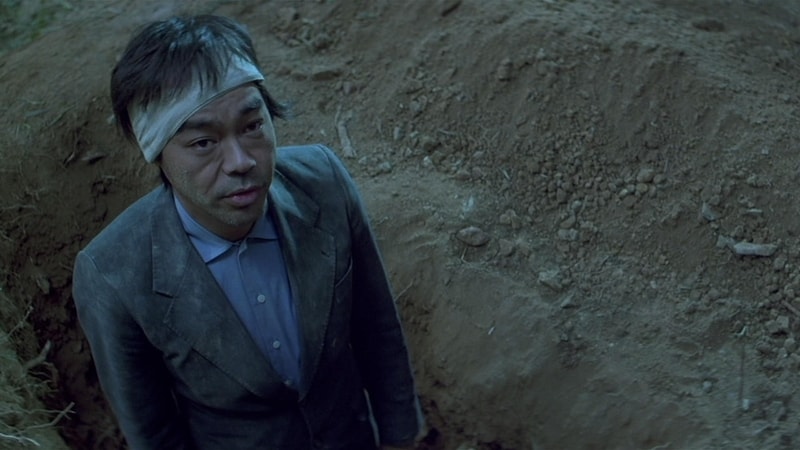
It's with presenting Bun's madness that To and Ka-fai really get to have fun, as we are treated to several sequences from the mad detective's perspective. Where Ho sees the lone figure of shady cop Ko Chi-wai walking down the street, Bun will see several. Where others see a headstrong detective, Bun will see a scared little boy. These visual manifestations are a major part of what makes “Mad Detective” work, as they allow for a unique investigative process on the part of Bun. One particular sequence in a restaurant bathroom presents a wonderful back and forth between Ho's perspective of a potential suspect contrasting with Bun's viewpoint of their multiple personalities. (Tom Wilmot)
Buy This Title
on Amazon
